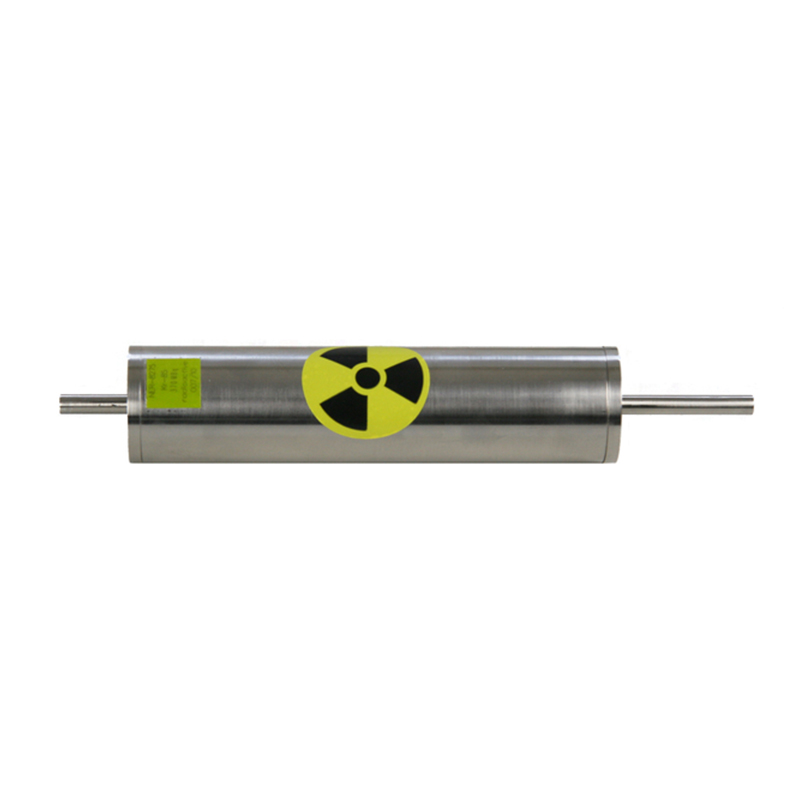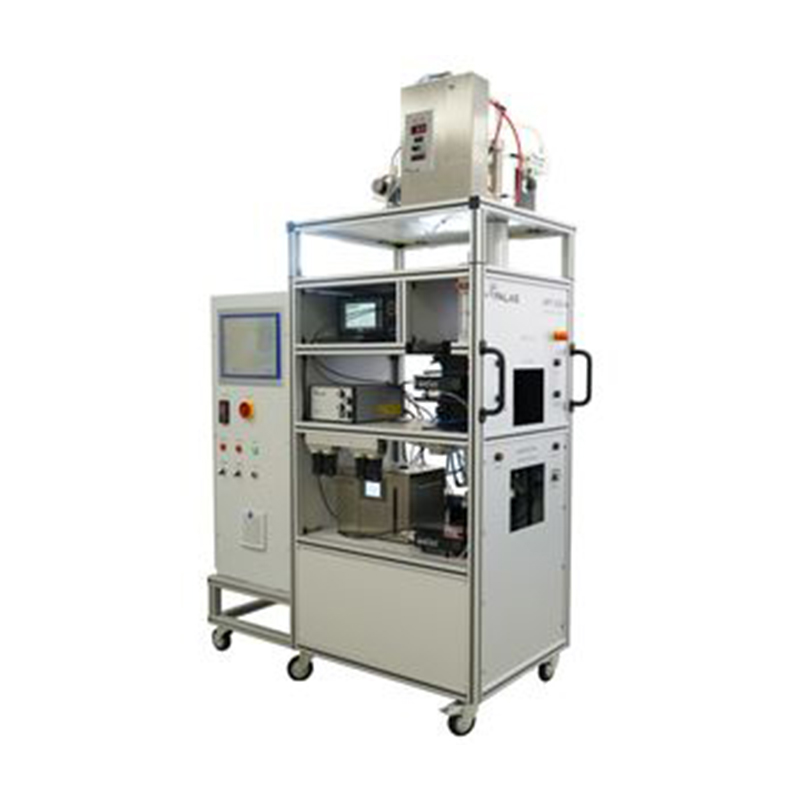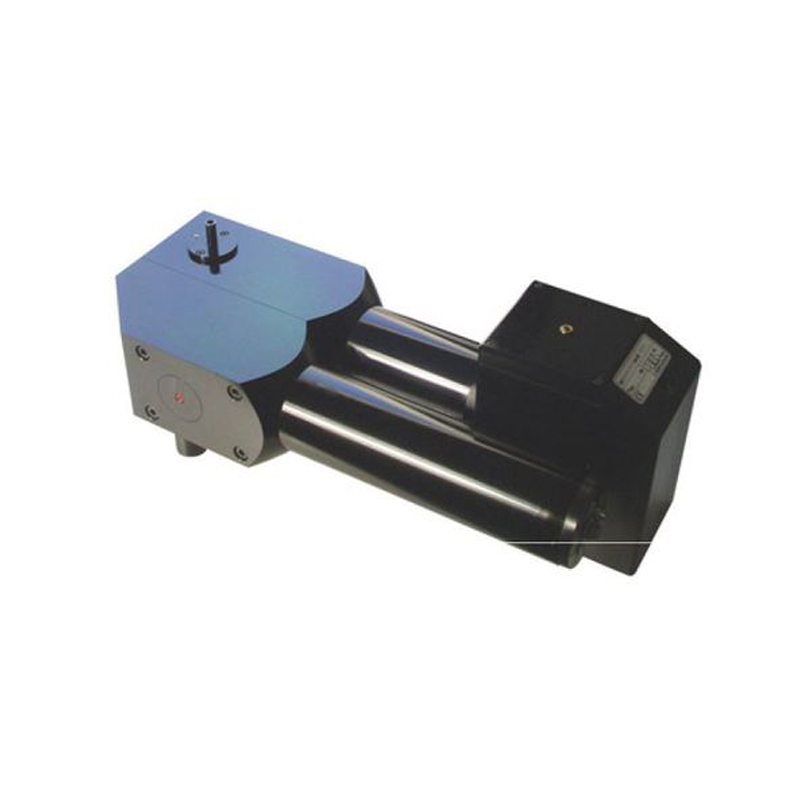Description

Fig. 1: Kr-85-57
The Kr-85 Neutralizer is a bipolar neutralizer which generates both positive as well as negative ions through ionization with the emitted β radiation. If these ions are brought together with an aerosol, a defined equilibrium charge distribution is established, as is necessary for measuring systems, such as scanning mobility particle sizers (e.g. Palas® U-SMPS). This neutralizer is available in two versions with different activities, 75 MBq and 370 MBq.
Compared to unipolar neutralization, bipolar neutralization has a significant advantage: regardless of the initial state of charge of the particles, a reproducible equilibrium charge distribution is always established. This is why bipolar neutralization is mandatory for traceable calibration of a condensation particle counter (e.g. ISO / CD 27891).
As the Kr-85 neutralizer is an enclosed radioactive source, additional requirements for documentation and handling regarding radiation protection should be considered. Should you have any questions related to this, we would gladly support and advise you. Regarding the dangers of Kr-85, the following can be said: “Krypton 85 (Kr-85) is a radioactive noble gas. When released, it is practically not absorbed by the body; inhaled Kr-85 is exhaled again. […] Kr-85 is a radioactive substance with a relatively low radiotoxicity. When Kr-85 is released, it is [generally] sufficient to provide ventilation of the working area for a short while.” [KomNet scientific database dialog 6753]
Upon request, Palas® offers an additional lead-lined housing free of charge, in which the Kr-85 neutralizer can be put during operation. Should you be interested in a non-radioactive neutralizer, please contact us for more details and the best possible advice.
Functional principle
The Kr-85 noble gas is located inside a hermetically sealed stainless steel container, which is integrated in a metal cylinder. In the space between the stainless steel container and the metal cylinder, the aerosol passes through the neutralizer (see Fig. 2).

Fig. 2: Schematic of the neutralizer
Moving through the metal cylinder, the aerosol carrier gas is ionized by the high-energy radioactive radiation. As a first result of the ionization process, positively charged gas ions and free electrons are generated. Neutral gas molecules with a strong electron affinity (e.g. O2) collect the free electrons to form negatively charged ions. When, at this point, aerosol particles are exposed to this mixture of ions for a sufficient period of time, the charge level of the aerosol particles establishes a defined equilibrium charge distribution. In order to calculate this distribution, nowadays, the Wiedensohler approximation (1988) of the Gunn and Fuchs equations is used almost exclusively (see Figs. 3 and 4):

with: N = number of elementary charges on the particle (-1, 0, +1)
ai = Wiedensohler coefficient
Dp particle diameter in nm
Handling and disposal
The Kr-85 neutralizer is an enclosed radioactive source. It is sent directly from the manufacturer to the customer after receipt of a handling permit and the EURATOM 1493 form.
The regulations concerning radiation protection are slightly different in every country. In Germany, radiation protection is a matter for the individual federal states. Please contact the competent authority in order to obtain information on the handling, storage, transport and disposal regulations. The Palas® radiation safety officers would be pleased to help you with this question.

Fig. 3: Schematic of the equilibrium charge distribution established during bipolar neutralization

Fig. 4: Table with selected electrical charging probabilities during bipolar neutralization




